Best
Budget
Digital Piano
-
Overall: 88-Key Digital Piano Ideal For Living Spaces
-
Best Feature: Synthetic Ebony And Ivory Keys
Provide That Premium Grand Feel -
TedScore™: 8.5/10
Best
Overall
Grand Piano
Grand Piano INCREDIBLE
SOUND AND LONGEVITY
-
Overall: Utilizes 3 Pedals For Full Sostenuto
-
Best Feature:
Made From
High-Quality Materials -
TedScore™: 9/10
Best
Digital Upright Piano
Digital Piano UNMISTAKABLE QUALITY AND STYLE
-
Overall: OLED Display That Makes Navigation Easy
-
Best Feature: Spatial Headphone Sound Technology Enhances The Depth And Realism Of The Sound
-
TedScore™: 8.5/10
Navigating the maze of music theory can be like decoding a secret language, but nothing feels quite like the triumph when it all clicks.
As a pianist, I remember the first time the Order of Sharps and Flats made sense to me—it was like I’d unlocked a new level in my musical journey.

This guide takes you by the hand and waltzes you through the essential concept of the order of sharp and flat key signatures, a foundational element that can make or break your reading and music playing.
It’s like learning the sequence of traffic lights; once you’ve mastered it, the roads of music are yours to explore confidently.
Keep reading, and by the end of this article, the Order of Sharps and Flats won’t just be a series of notes—it’ll be your second language, ready to elevate your musicianship to dazzling new heights.
Fundamentals of
Sharps and Flats
In music theory, sharps and flats are secret codes that change how a note sounds. Let’s uncover how these symbols work their magic in the musical world.
Understanding Sharps and Flats
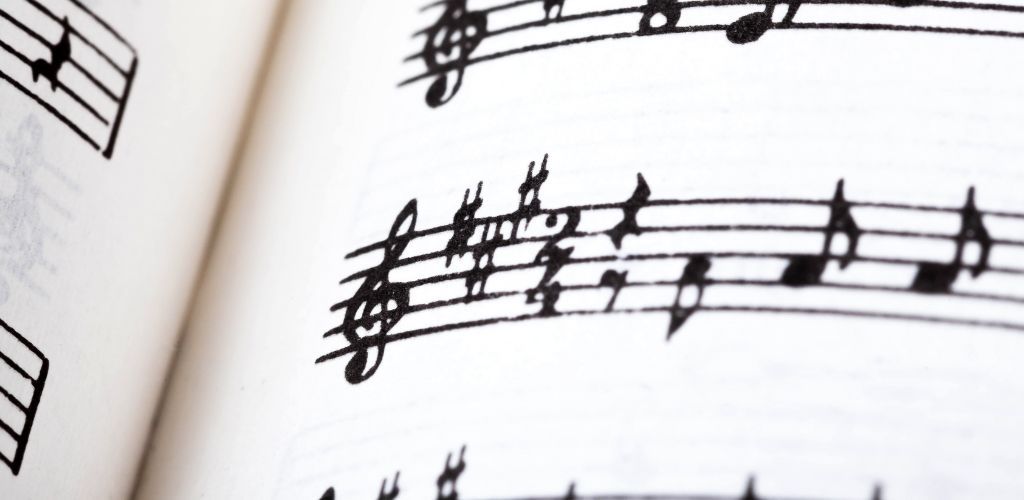
When I play a note on a piano and want to nudge it a semitone higher, I add a sharp (#). It’s like giving the note a little bump up.
Conversely, a flat (♭) lowers the note a semitone down, as if it’s taking a wee step back.
Sharps and flats are the keyboard’s way of navigating through a neat array of black-and-white notes.
They let me play the in-between notes that don’t have their white key.
Plus, they’re not just rogue characters but part of a major key that weaves throughout each scale.
The Role of Sharps and Flats in Scales
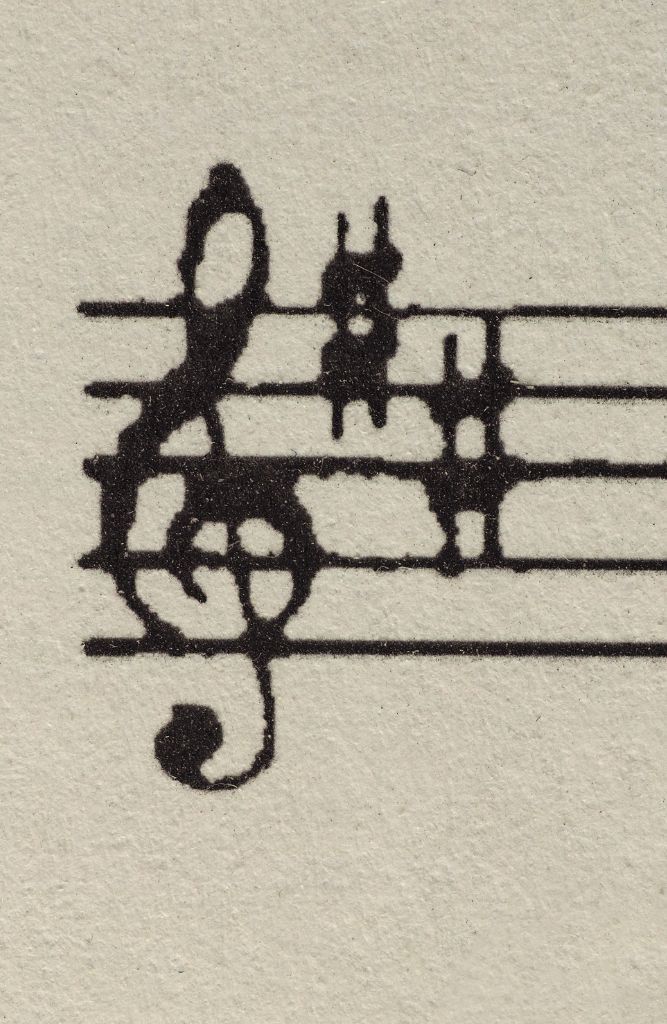
For every major or minor scale I encounter, sharps and flats are crucial.
They ensure the scale maintains its unique sound pattern.
Think of them as the ingredients in your favorite biscuit recipe; without them, it just wouldn’t taste right!
I adore how a scale is a series of eight notes following a set pattern of whole and half steps.
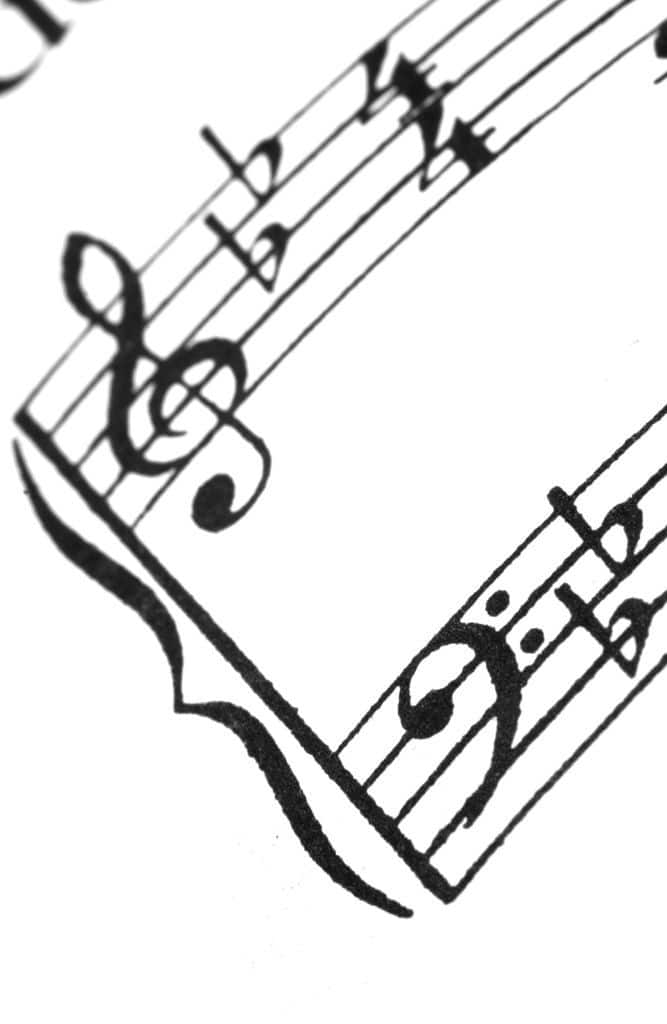
Sharps and flats keep this pattern consistent, no matter which note I start on. They’re my guides on a musical hike, ensuring I don’t stray off the intended path.
The second to last flat in a key signature often indicates the relative minor key, providing insight into the harmonic structure of the composition.
Understanding these musical elements is crucial for musicians to navigate the tonal landscape and avoid hitting a sour note, ensuring that even the fat cats in the audience can appreciate the final flat.
Remember, whether gliding my fingers over a glossy piano or strumming on a guitar, sharps and flats ensure I hit the right emotions with every note I play.
So nod to these silent music heroes next time you hop from note to note!
Key Signatures and Their Construction
Key signatures are like a map musicians use to navigate through a piece of music, showing which notes to sharpen or flatten.
They’re crucial for understanding a piece’s harmonic and melodic structure, helping us identify the major or minor key being used.
Reading Key Signatures
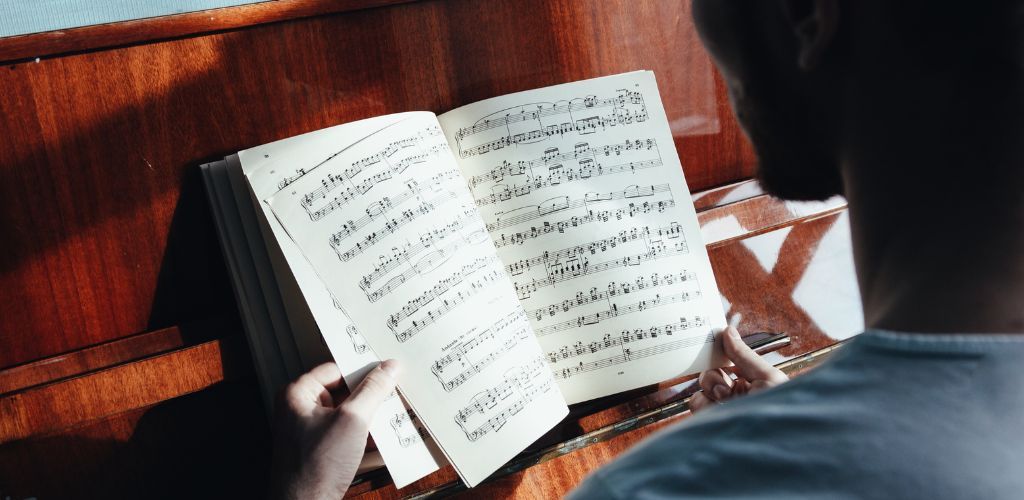
When I glance at a piece of sheet music, the key signature is my first stop—it sets the stage for the performance.
Located right after the clef on the staff, the key signature can show sharps (♯) or flats (♭), but you’ll never see both mingling together in the same key signature.
The sharps follow the sequence of F, C, G, D, A, E, B—remember it as “Father Charles Goes Down And Ends Battle.”
Flats fancy the reverse order: B, E, A, D, G, C, F, or “Battle Ends And Down Goes Charles’ Father.”
Spotted in the treble or bass clef, these symbols tell me which notes are consistently altered throughout the piece.
Writing Key Signatures
Crafting key signatures is like baking; there’s a recipe to follow. The recipe is simple: for sharps, I start with F# and add others following the order of F, C, G, D, A, E, B.
Writing flats, I begin with B♭ and tag the rest in the reverse order. Precise placement is key—pun intended, of course—as sharps and flats must sit snugly on their respective lines or spaces on the staff.
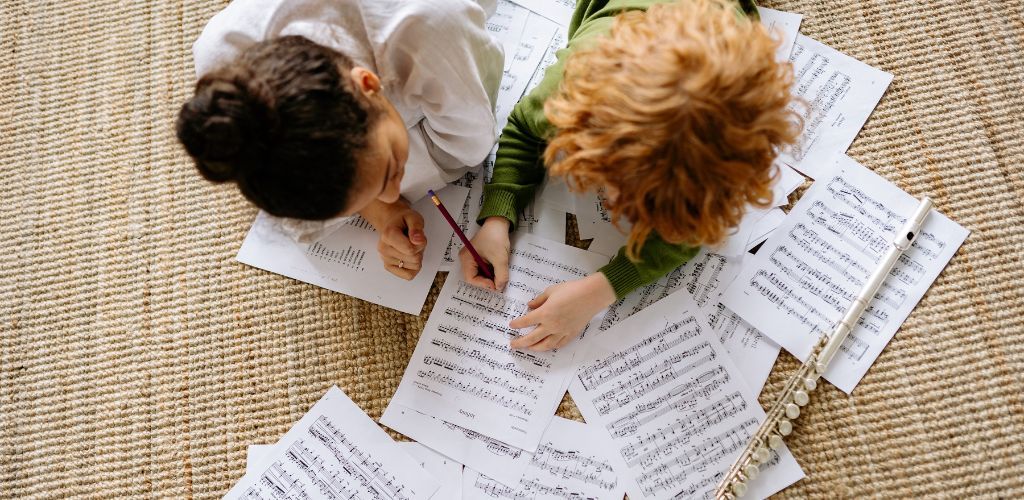
Circle of Fifths Explanation
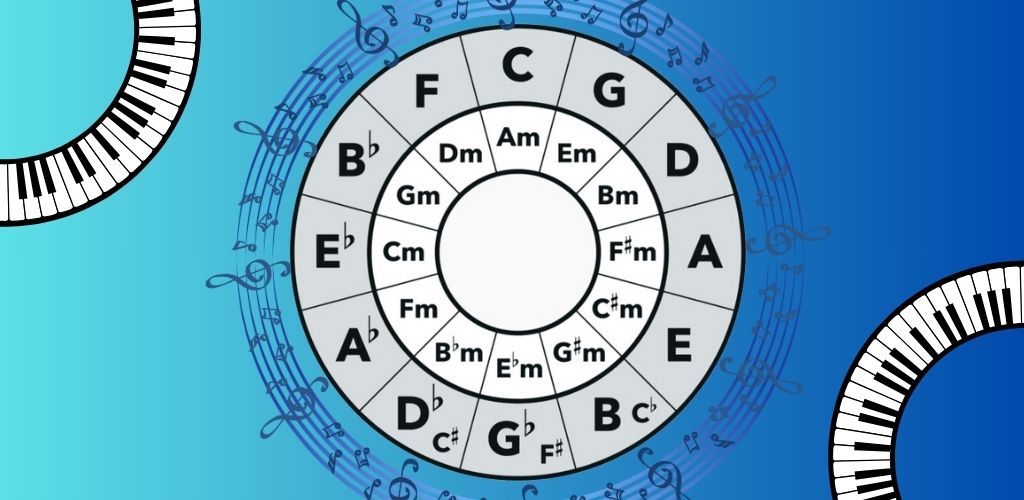
Let’s chat about the circle of fifths, a clock that tells musical time. It’s a handy diagram that displays the relationship between keys around a circle.
I start at the top with C major—no sharps or flats here—and move clockwise, each stop adding a sharp. Going counter-clockwise from C major, each key adds a flat.
It’s brilliant for visualizing how keys are related and for quick key signature reference, like a cheat sheet for my musical queries.
The circle of fifths isn’t just a theory thing; it’s a practical guide that lights my way through music’s wonderful maze.
Practical
Applications and Tips
I’m thrilled to share some nifty tricks to master the order of sharps and flats, which are crucial in reading and writing music.
Let’s talk about some practical ways to commit these to memory and incorporate them into your scale practice.
Memorizing the Order

The order of sharps is F#, C#, G#, D#, A#, E#, and B#. A common mnemonic to remember this sequence is “Father Charles Goes Down And Ends Battle.”
Regarding the order of flats, consider the word BEAD plus “GCF.” That gives us B♭, E♭, A♭, D♭, G♭, C♭, and F♭.
Isn’t it wonderful how a simple phrase or acronym can unlock the sequence in my brain?
Scales and Key Signature Exercises
When tackling scales and key signatures, I always start with the C major scale, which has no sharps or flats.
From there, I like to move through the scales by fifths to understand the sharps.
For the flat side of things, I shift in fourths from F major, which has only one flat.
Exploring sheet music can be a great lesson.
I notice which sharps or flats are listed by the clef symbol and use them to deduce the key signature.

For instance, spotting the F♯ on the highest F line tells me I’m in G major, which has one sharp.
Similarly, I know I’m dealing with F major by identifying the B♭ symbol on the penultimate line on the bass clef.
By running through these exercises, you’ll soon be able to zip from A major to E major and hop over to B flat major without missing a beat.
Put these little tips to the test, and you’ll find yourself interpreting key signatures like a seasoned pro.
Top Piano Brand Guide
DP-12 Compact Digital Piano by Gear4music
The DP-12 Compact Digital Piano by Gear4music is a user-friendly interface and compact-size digital piano, ideal for smaller living spaces or practice areas.
Its affordable price point and essential features also provide beginners with a solid foundation for learning and practicing the piano.
DP-12 Compact Digital
Piano by Gear4music
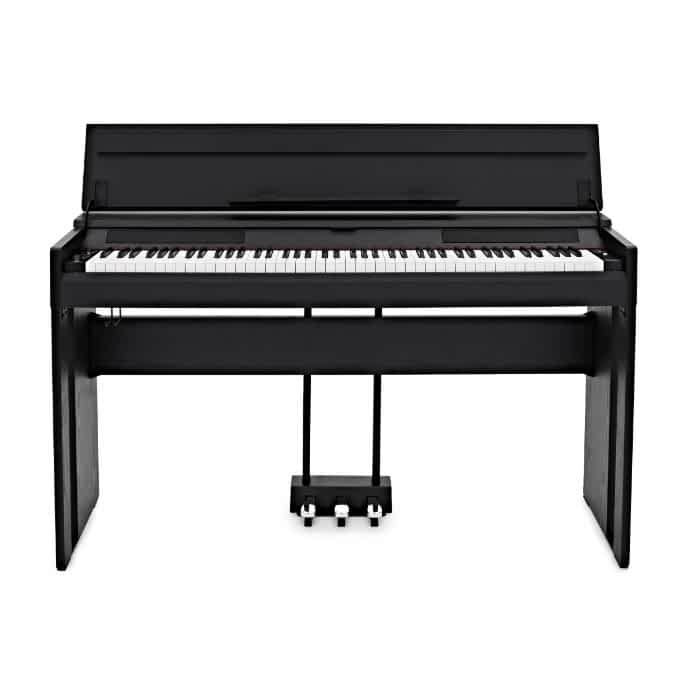
PERFECT FOR: Learning at home
FEATURES: 88-key digital piano ideal for living spaces
OTHER INFO: Synthetic ebony and ivory keys provide that premium grand feel
DP-12 Compact Digital
Piano by Gear4music
- Play with expression with a three-pedal unit and 128-note polyphony
- Get creative with 32 voices and a two-track playback recording
- With a sleek and stylish appearance
- No Bluetooth available
When you click ‘Check Price’, you’ll see there are loads of great places to buy this item. Our personal favorite is Sweetwater for the US, and Thomann and Gear4Music for the UK & Europe.
They are the largest music retailers, with excellent customer service, competitive prices, really fast shipping, and the longest guarantees.
The professional musician who wrote this article combined many things,
from the product build, manufacturer’s reputation through to feedback
from other users, to create our famous TedScore™.
Kawai CN21 Digital Piano
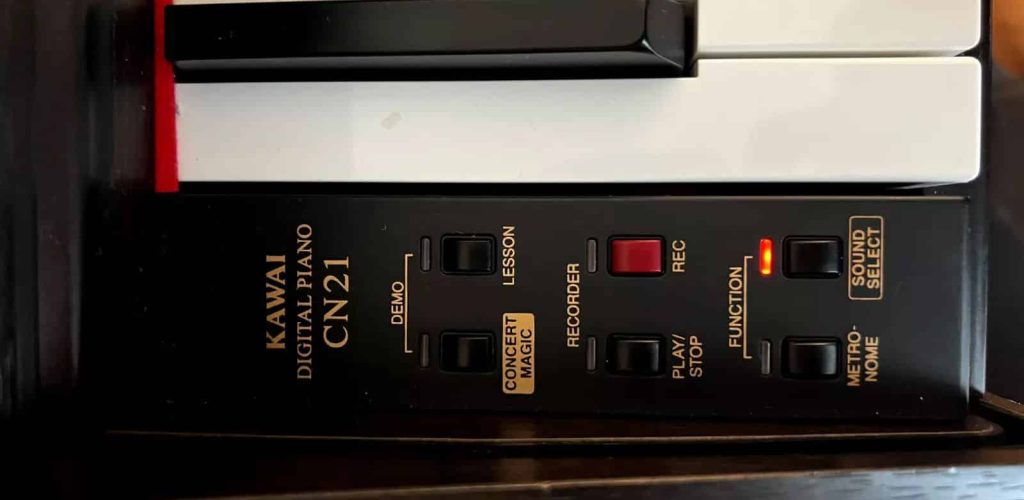
The Kawai CN21 Digital Piano is highly regarded for its authentic piano sound and responsive key action, providing players with a realistic playing experience.
Its wide range of advanced features, including versatile sound options and recording capabilities, make it a top choice for musicians seeking a professional digital piano.
Kawai CN21 Digital Piano
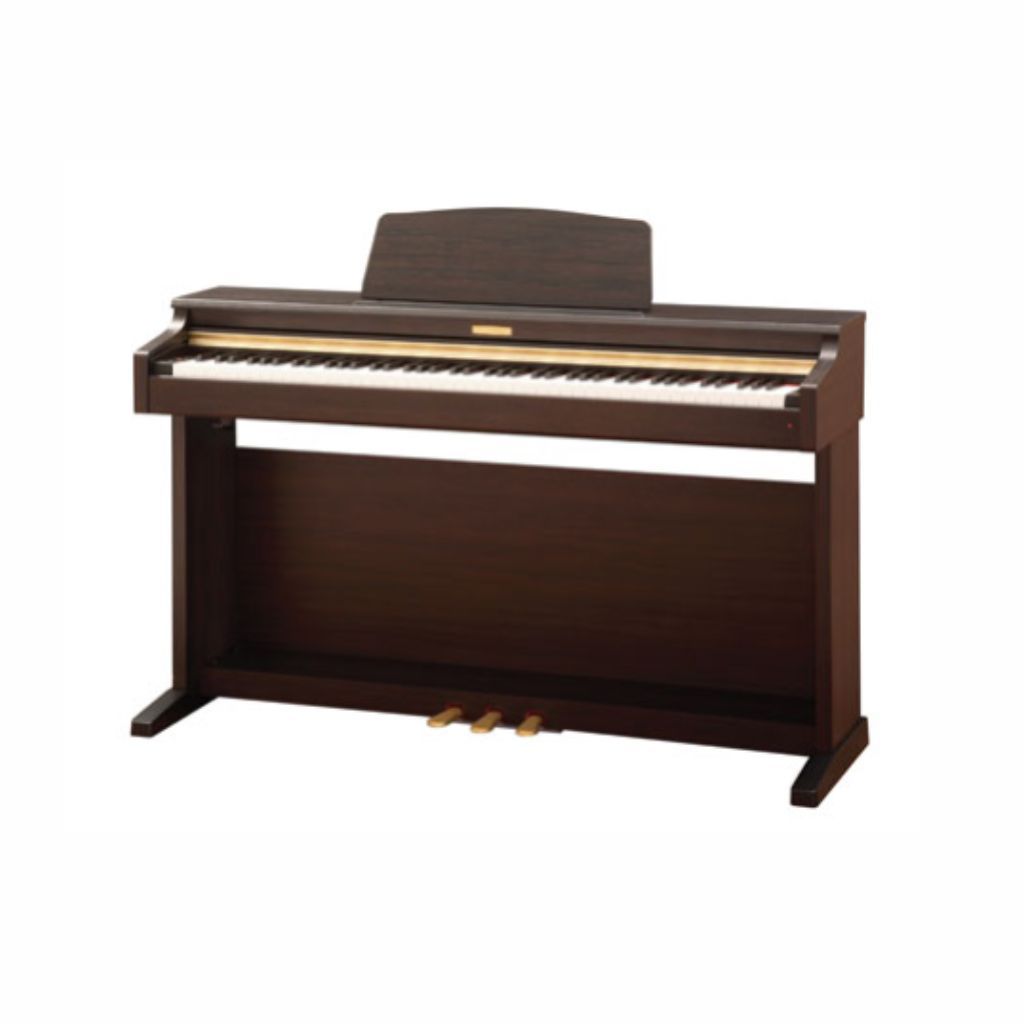
FEATURES: OLED Display That Makes Navigation Easy
OTHER INFO: Spatial Headphone Sound Technology Enhances The Depth And Realism Of The Sound
- Includes Kawai's lesson function to learn classic piano pieces
- Adjust the instrument's parameters with the Virtual Technician app
- Creates rich and expressive sounds like the SK-EX and EX concert grand pianos
- With Superior Headphone Sound technology to enhance playing experience
- Advanced mode requires an iPad to access
When you click ‘Check Price’, you’ll see there are loads of great places to buy this item. Our personal favorite is Sweetwater for the US, and Thomann and Gear4Music for the UK & Europe.
They are the largest music retailers, with excellent customer service, competitive prices, really fast shipping, and the longest guarantees.
The professional musician who wrote this article combined many things,
from the product build, manufacturer’s reputation through to feedback
from other users, to create our famous TedScore™.
Yamaha C3X PE Grand Piano
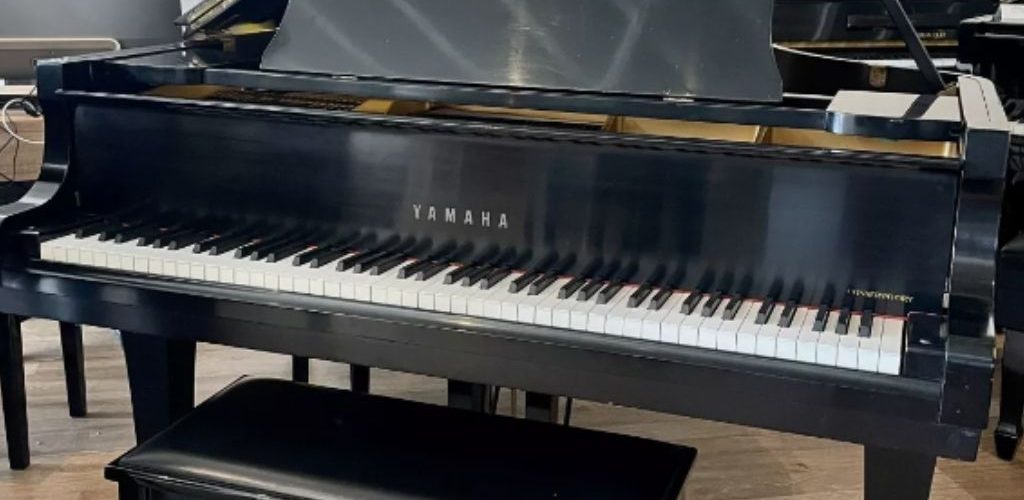
The Yamaha C3X PE Digital Grand Piano is considered top-tier due to its exceptional sound quality, realistic key action, and advanced features, making it a preferred choice for professional pianists and discerning musicians.
Its innovative technology and expressive capabilities set it apart as a top-tier digital piano.
Yamaha C3X PE Grand Piano
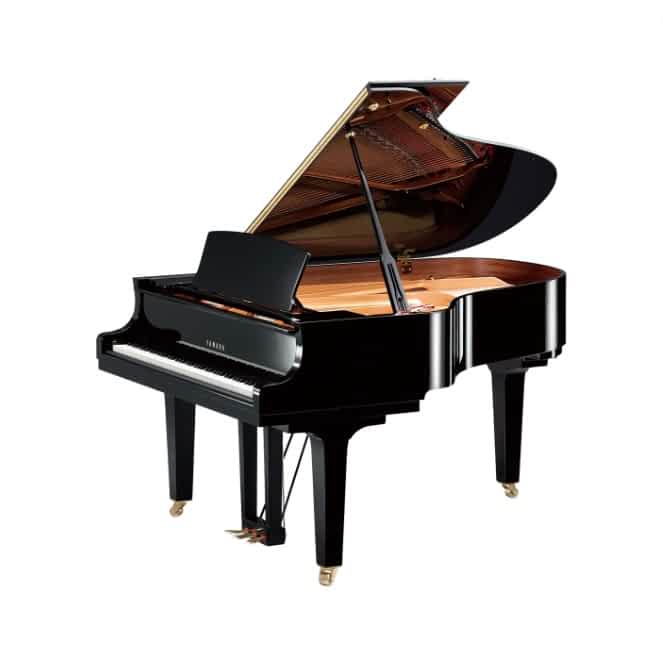
PERFECT FOR: use at home or in small performance spaces
FEATURES: Utilises 3 pedals for full sostenuto
OTHER INFO: Made from high-quality materials
Yamaha C3X PE Grand Piano
- With a length of 186 cm
- Produces beautiful, rich tones
- Available in a range of letters and models (G3, C3, C3X)
- An amazing sound that will make any pianist happy
- A piano that will last a lifetime
- Expensive piano - one of Yamaha's top-tier pianos
When you click ‘Check Price’, you’ll see there are loads of great places to buy this item. Our personal favorite is Sweetwater for the US, and Thomann and Gear4Music for the UK & Europe.
They are the largest music retailers, with excellent customer service, competitive prices, really fast shipping, and the longest guarantees.
The professional musician who wrote this article combined many things,
from the product build, manufacturer’s reputation through to feedback
from other users, to create our famous TedScore™.
Order of Sharps and Flats:
Things to Remember
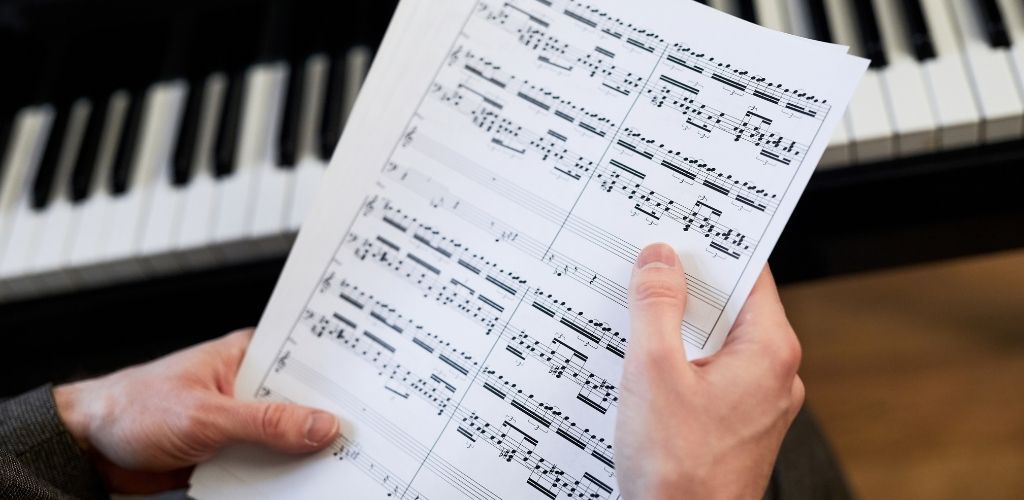
Remembering these patterns is a major key for musicians, whether you’re playing the piccolo or the piano.
In our adventure, the sharp order was Father Charles Goes Down And Ends Battle (F, C, G, D, A, E, B). For flats, think Battle Ends And Down Goes Charles’ Father (B, E, A, D, G, C, F)—a little mnemonic magic straight from the music wizard’s hat!
Are you writing music?
You’ll be placing those sharps and flats on precise lines or spaces every time without fail.
Let’s breathe a sigh of relief for consistency.
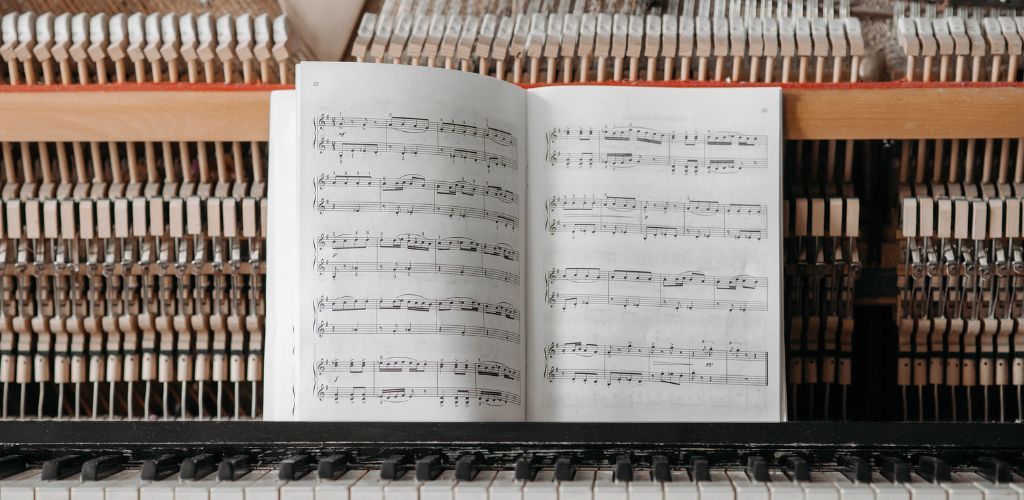
Here’s the take-home:
Sharps: Think ascending, like climbing a hill on a fresh morning hike.
Flats: They are the opposite; it’s like a leisurely downhill stroll.
So, you’ll know exactly what’s happening next time you glance at a key signature. If you’ve got this tucked away, reading key signatures will be as easy as tying your shoe.
Wait! There’s more…
Discover the top piano brands and their rankings in this article.
FAQ's
The order of sharps rule in music theory states that sharps are placed in a specific order when writing key signatures. The order of sharp key signatures is F♯, C♯, G♯, D♯, A♯, E♯, and B♯. This rule helps musicians remember the sequence of sharps in key signatures and their corresponding notes.
Sharp keys raise the pitch of a note by a half step, while flat keys lower the pitch by a half step. These symbols are used in key signatures to establish the tonality of a piece and also appear as accidentals within the music to modify individual notes.
A musical key signature is a set of sharps or flats placed at the beginning of a musical staff to indicate the key of a composition. It provides information about which notes are consistently sharpened or flattened throughout the piece.




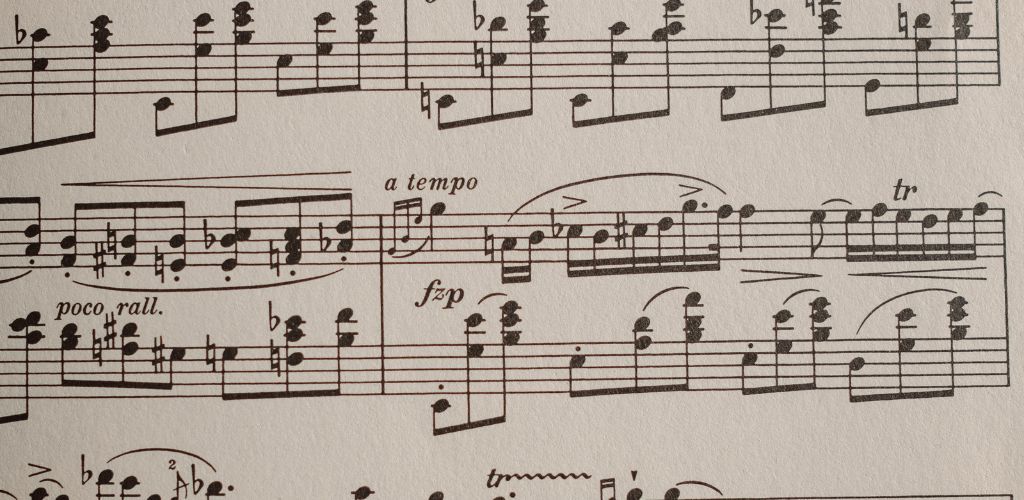







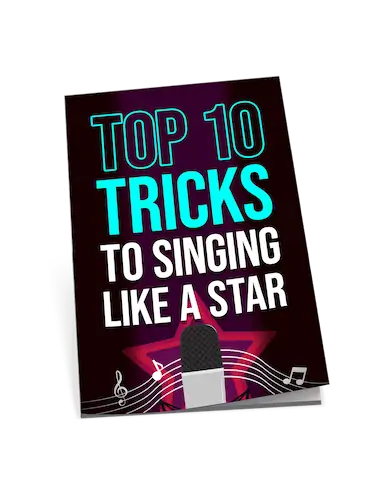
So, do I still need to learn this if my keyboard has an ‘auto-tune’ function? Asking for a friend. 😉
Great article, Robert Emery. Your explanation of sharps and flats in scales was particularly enlightening. It’s clear how understanding these basics can help with more advanced compositions.
Loved the breakdown on the Yamaha C3X PE Grand Piano. That piece has been on my wishlist forever. I swear the sound quality you get from that compared to others is night and day. Anyone else here got more insights on how it pairs with classical vs. jazz performances?
Absolutely, VinylVince83. The Yamaha C3X excels in both genres, but its clarity and dynamic range give jazz performances an extra edge.
Hey, could someone explain how the circle of fifths helps with composing? Still wrapping my head around key signatures. Thanks!